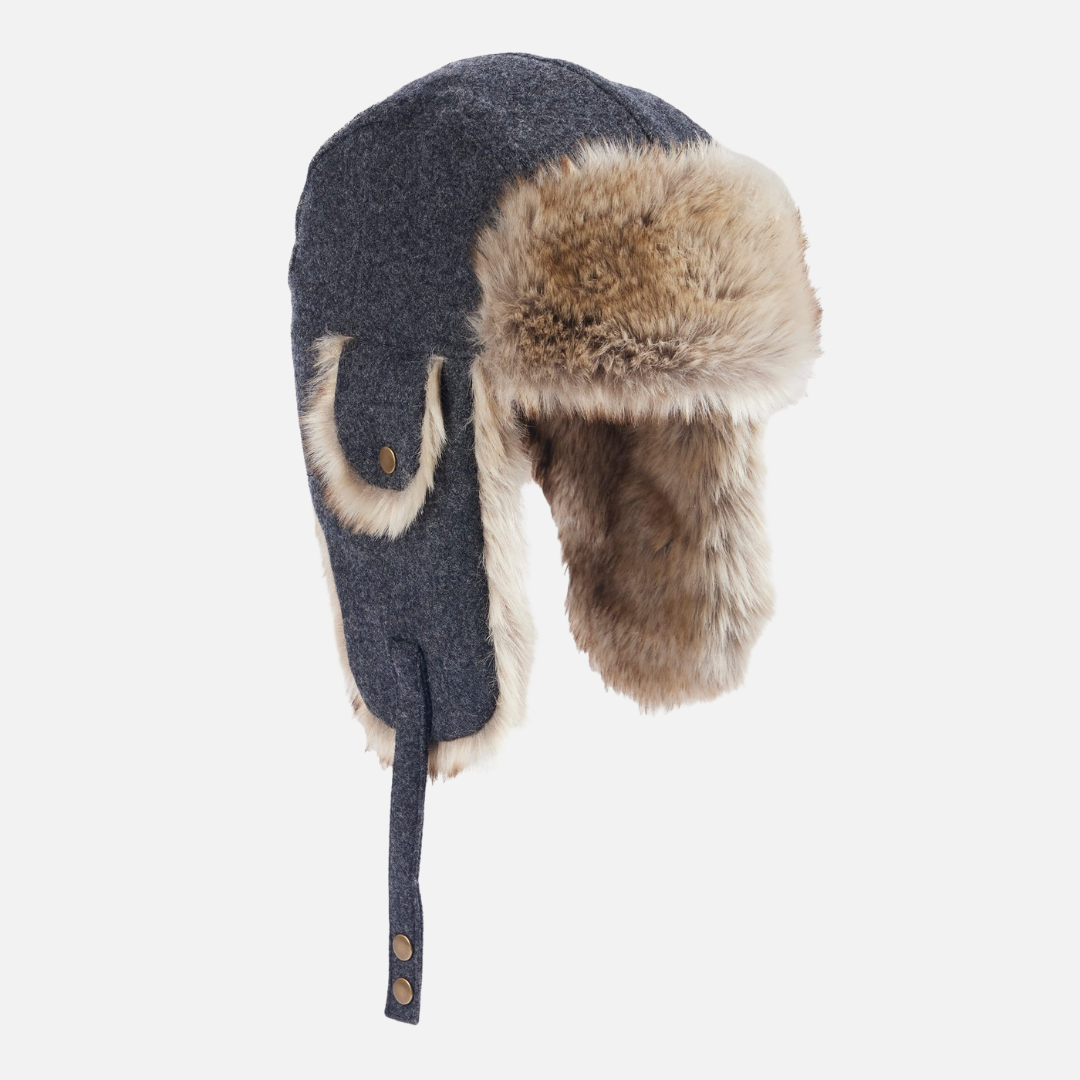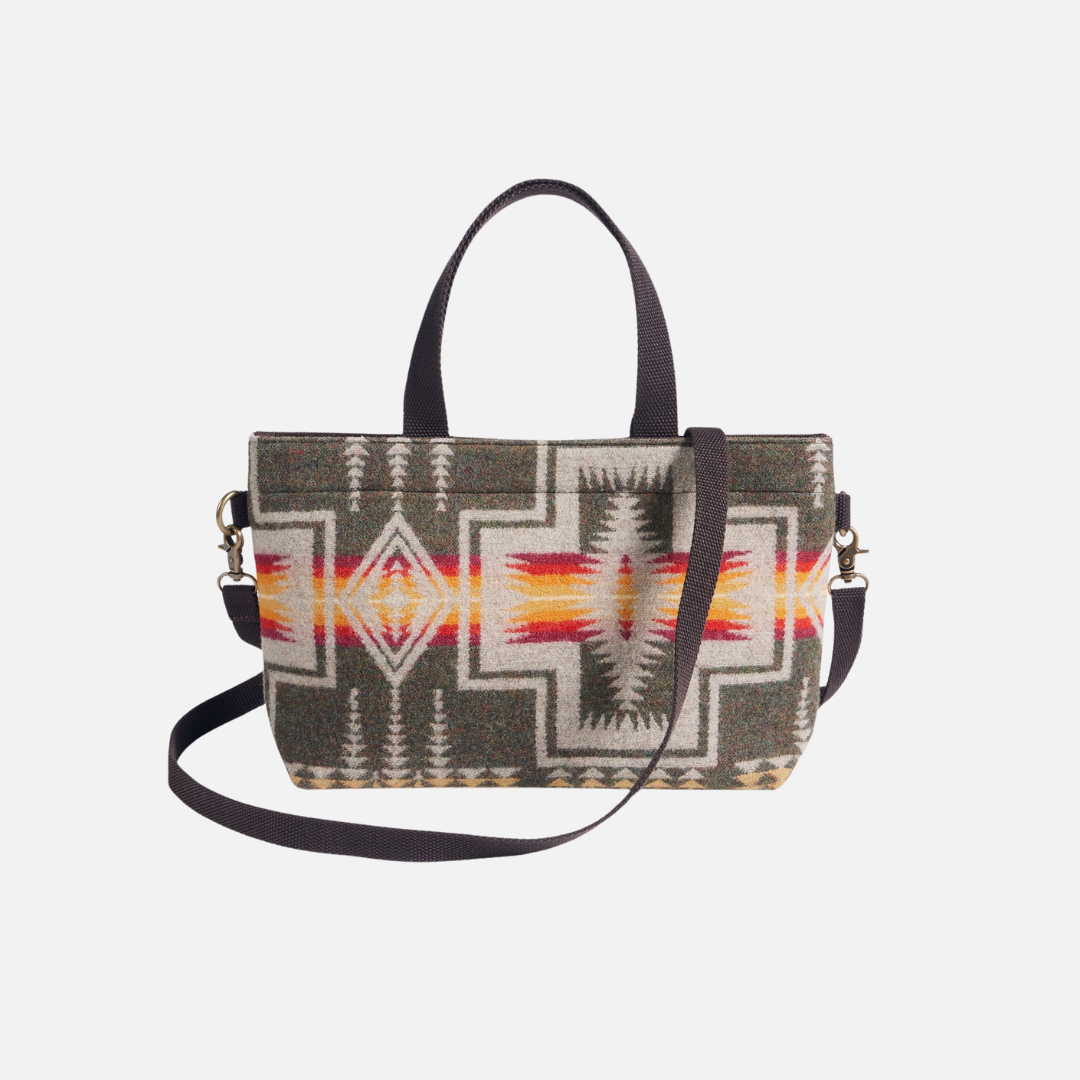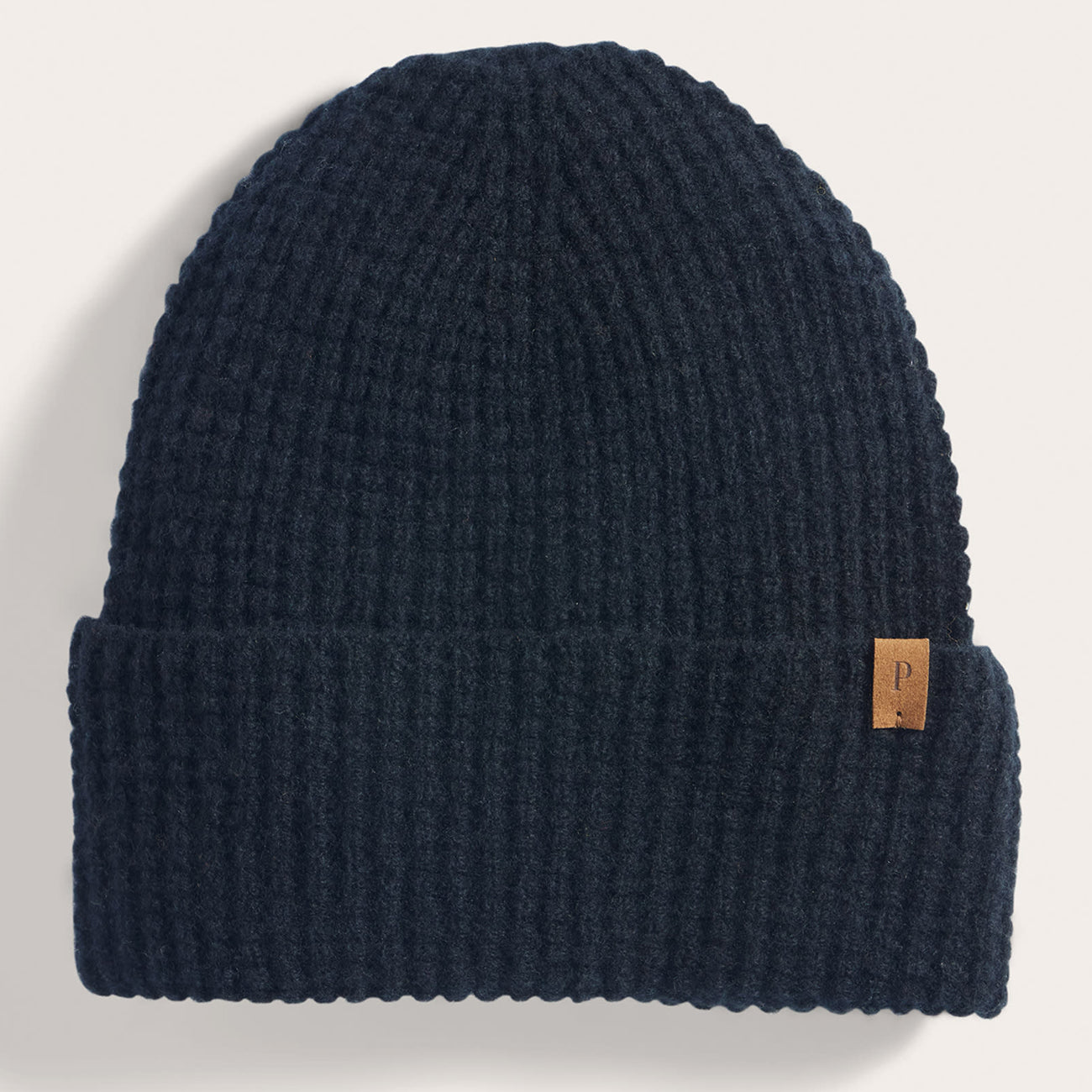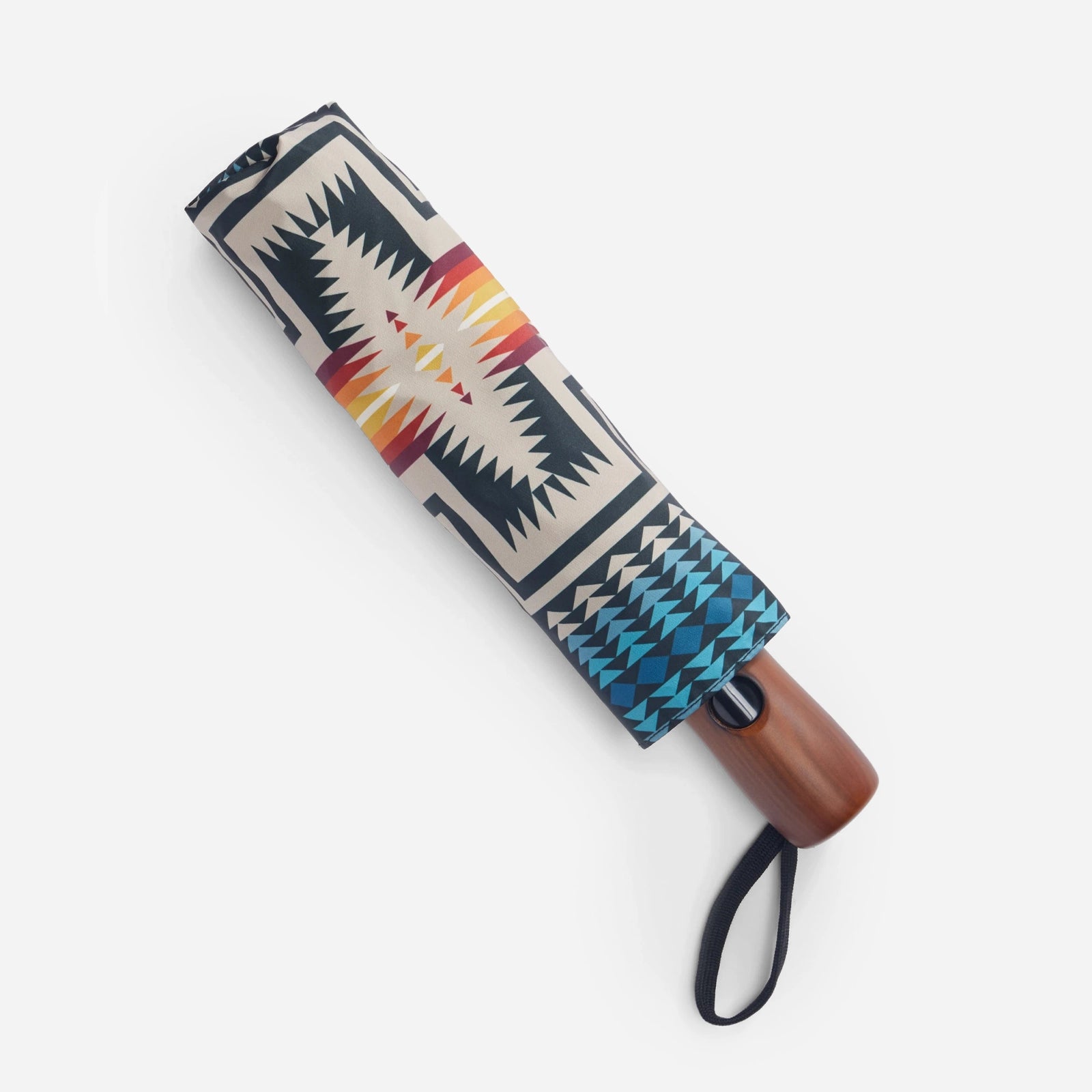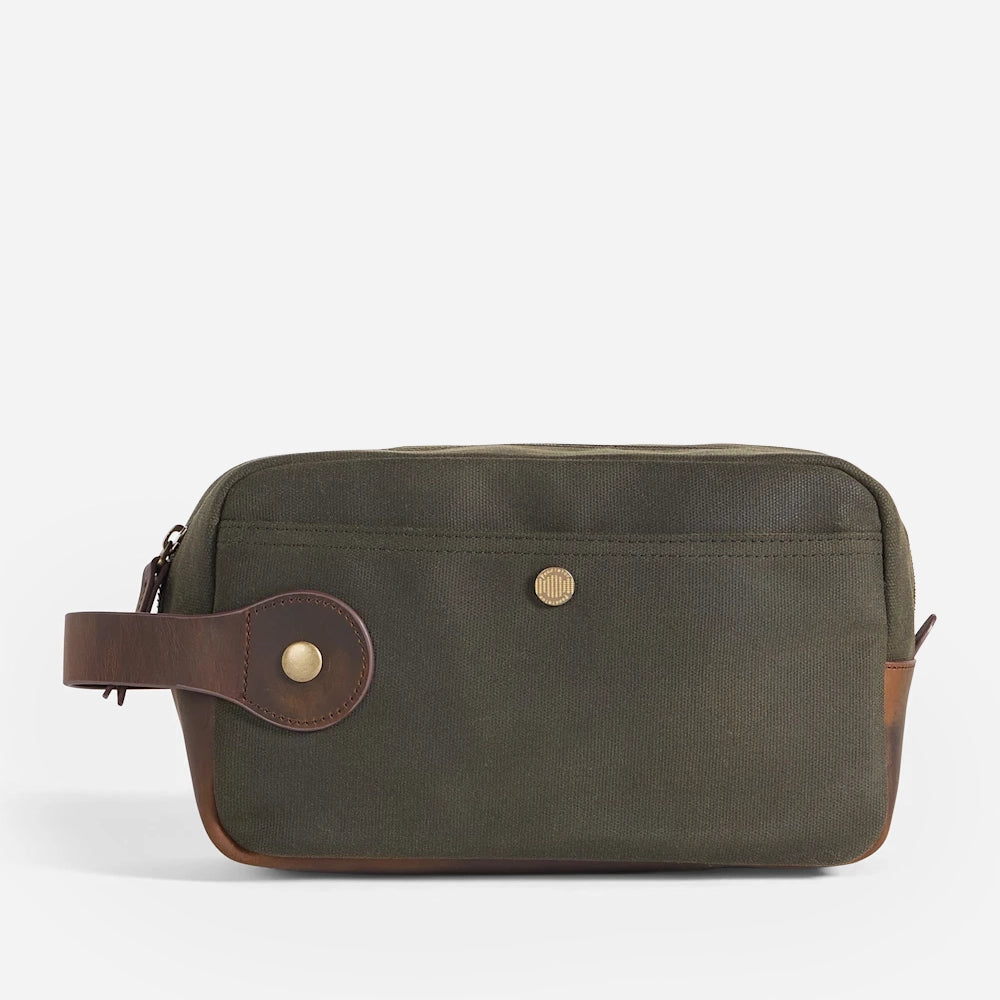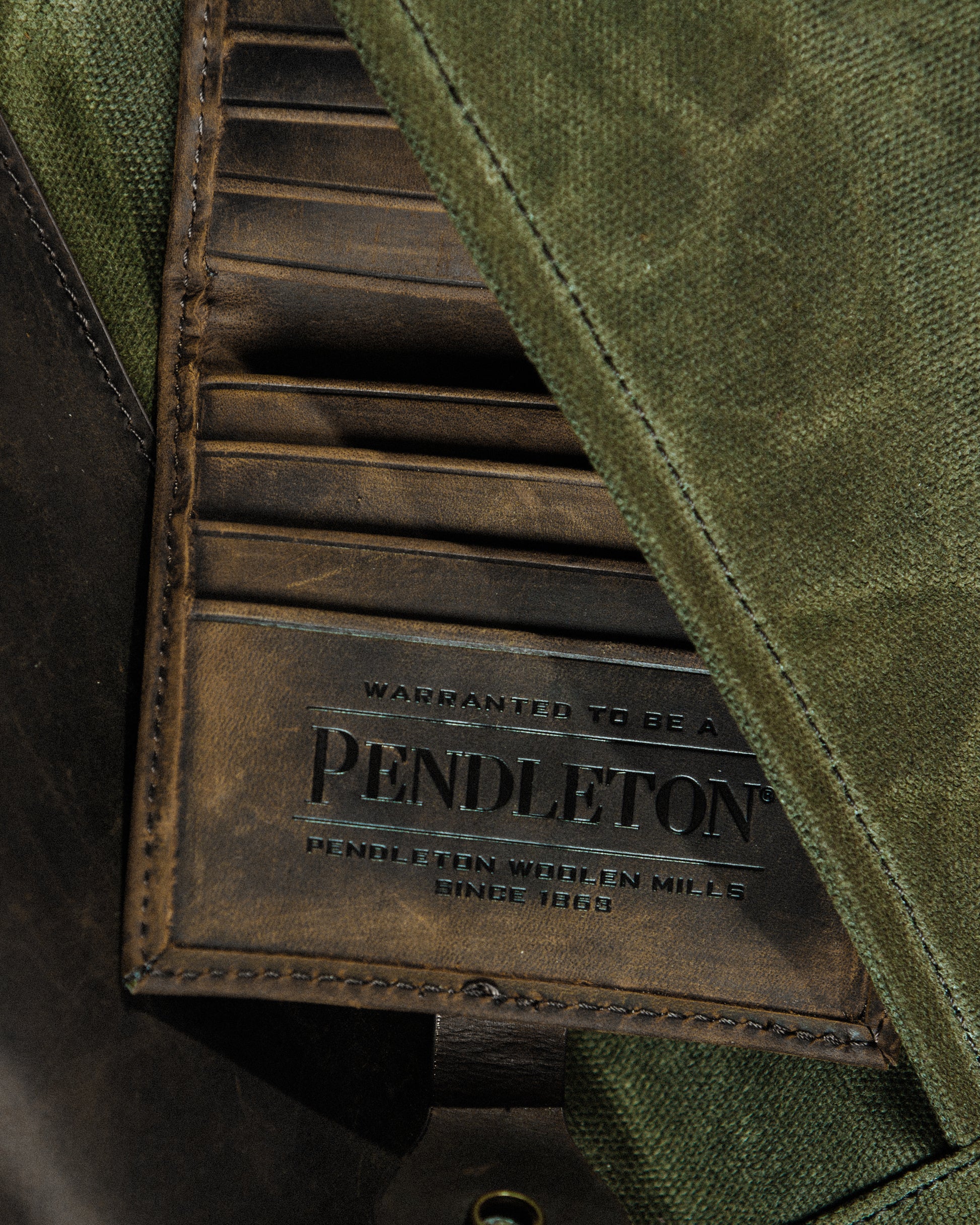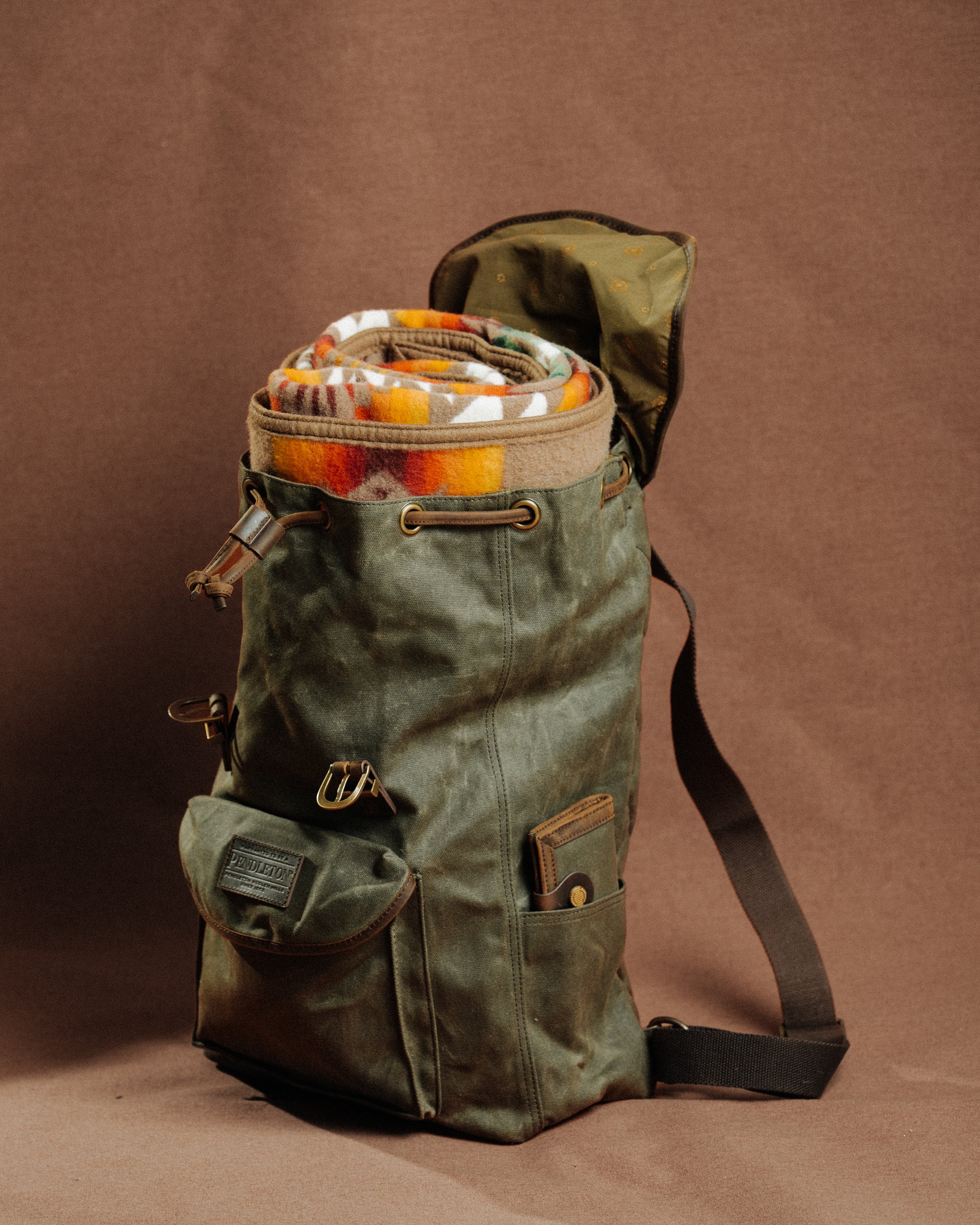Making a Pendleton
Pendleton brings over a century of fabric-making expertise to everything we do.
Pendleton is founded on an intimate knowledge of the wool business – from fiber to fabric. Whether it’s a wool garment, wool fabric, or a wool blanket, Pendleton offers over 100 years of expertise, imagination and dedication to quality.
Our Wool
From farms and families we’ve worked with for generations.
Pendleton raw wool is processed before it is made into fabric, which is then constructed and woven into home and fashion products, as well as apparel and accessories for men and women. Our direct relationships with sheep farmers, and vertical manufacturing gives Pendleton the advantage of monitoring every step of the production process to maintain quality and value throughout at each stage of production.
Pendleton wool products begin to take shape during the planning process. The next step is the purchase of raw wool. Pendleton wool buyers shop world markets, but most of Pendleton's wool still comes from the United States. Variety, quality and quantity of wool fibers are essential to produce fine Pendleton woolens.
Next comes the production of fabric. Pendleton owns and operates weaving mills in Oregon and Washington. While noted for apparel fabrics, Pendleton mills also produce a variety of fabrics for upholstery and home furnishings. Fabric production includes many steps: dyeing, carding, spinning, weaving and finishing. Pendleton's state-of-the-art dye technology features computer-controlled systems for water, dyes, heat and flow pressures, ensuring exact duplication of colors and material consistency. The carding process combs and aligns fibers in preparation for spinning. During spinning, strands of fibers are extended and twisted to form yarns. Then, high-speed looms interlace the yarns into woven cloth. Due to the unique felting property of wool, this woven cloth goes through a fulling process that uses controlled shrinkage to produce a softer, more compact fabric. The material also passes through other finishing procedures such as washing, shearing, pressing, napping and inspection before production is complete. Near the end of the production cycle, blanket fabrics are cut and finished as authentic Pendleton heirlooms.

Indigenous Trading Blanket History
Uniquely woven into Indigenous communities, Pendleton continues to partner with, and share traditional Indigenous design and artistry with the world.
Since 1909, Pendleton has produced Indigenous blankets, robes and shawls for Indigenous tribes. Today, Pendleton is deeply connected to the Native American population.
Since the early days, care has been taken by pattern designers to learn about the traditions, mythologies and design preferences of Indigenous customers. In the earliest years, Joe Rawnsley, who was considered a gifted talent on the jacquard loom, spent time with local tribes in northeastern Oregon to understand preferences of colour and design. He would then interpret the ideas gleaned from Indigenous peoples into blanket designs using modern technologies that could express patterns in much greater detail and in more vivid colourations than could be expressed by traditional weaving methods.
Prior to the introduction of mill techniques, traditional blankets were made from hides or pelts of smaller animals which had been sewn together or woven from wool, feathers, down, bark and cotton; and, in some areas, shredded cedar bark.
Eventually the durable nature of wool blankets led to their having great value in trade – and the brighter the better. While most early trading blankets were plaids and block designs, jacquard loomed blankets with brilliant colors and sharp details became very popular within the Indigenous community and integrated into everyday and ceremonial uses.
Navajo writer and artist Rain Parrish has documented the cultural significance of these branded prized possessions in various works. “We welcome our children with a small handmade quilt or a Pendleton blanket,” writes Parrish in The Language of the Robe: American Indian Trade Blankets. “To honour [a couple’s marriage], the woman’s body is draped with a Pendleton shawl and the man’s with a Pendleton robe.”
Today, Pendleton blankets continue to play a significant role in Indigenous communities across North America.
